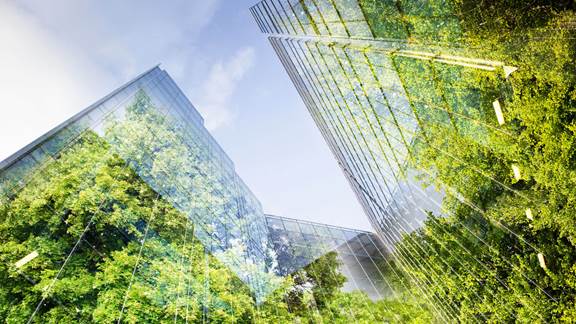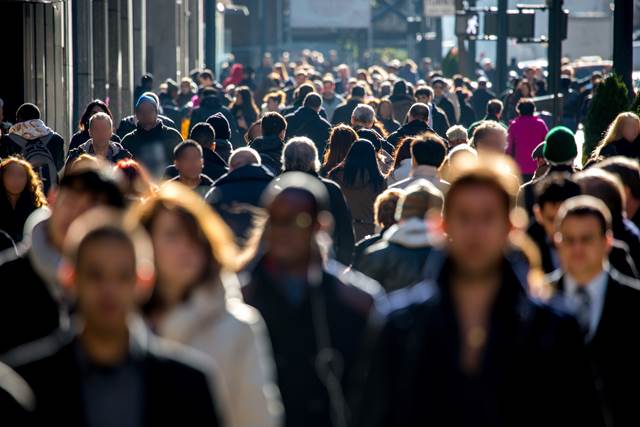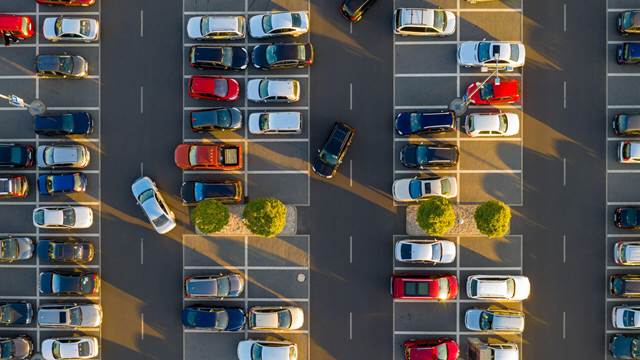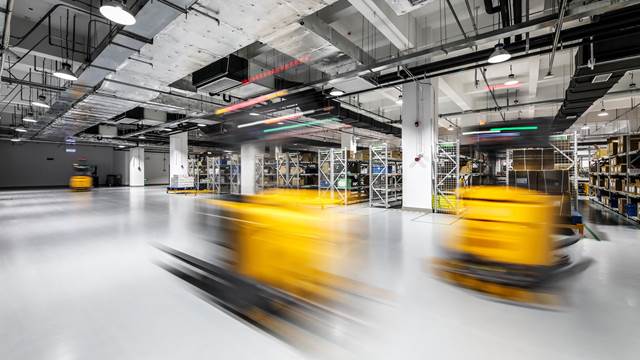
Urban lifestyle will soon be about back to nature
Back to nature expresses a desire to return to a simpler, more natural way of living in contrast to an urbanised lifestyle. At the same time, as people worldwide continue to move into cities, new technologies pave the way for an urban lifestylethat is very similar to back to nature. Reducing emissions in manufacturing and simplifying electrical mobility are two key drivers. Induction technology makes a difference in both cases.
Clear trend
56%
Living in cities today
70%
Living in cities in 2050

Non-cluttered view
A part of the back-to-nature approach is also about keeping the surrounding environment as unspoiled and untouched as possible. While electric vehicles such as buses, cars, trains andtrucks contribute to emissions reduction, charging stations with cables clutter city streets, posing challenges not least in historical and cultural areas.
Wireless inductive charging offers a solution to charge without cables. It consists of two main parts: A charging pad (e.g., underneath a car) and a special receiver (e.g., a platform over a parking space). When the receiver on the vehicle is close to the pad, energy is transferred wirelessly to the battery. The result is trouble-free charging for users and easy scale-up without heavy maintenance costs or cluttered city views.
Another option is contactless power supply through the road. The principle is the same: Your vehicle needs a coil, but in this case, you have a track-bound system for the energy transfer. You can apply the same principles, wireless inductive charging and contactless power supply, in factories and warehouses for AGVs (Automated Guided Vehicles) and mobile robots.

Wireless inductive charging of parked cars

Contactless power supply of AGV's in a warehouse
Going forward in circles
Back to nature aligns seamlessly with the principles of a circular economy – aiming to minimise waste, make the most out of resources and foster a more harmonious relationship between human activities and the environment. The urban trend is not only likely to continue. It is a really promising direction for the future.